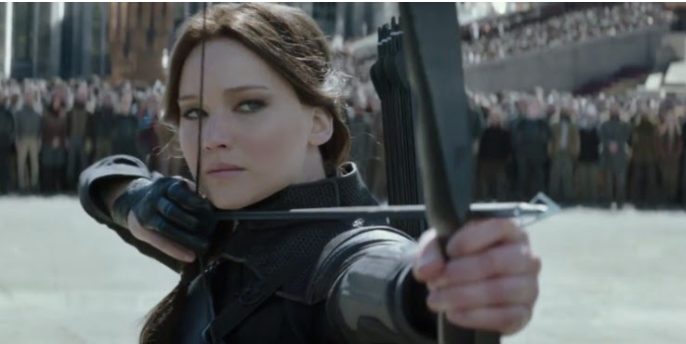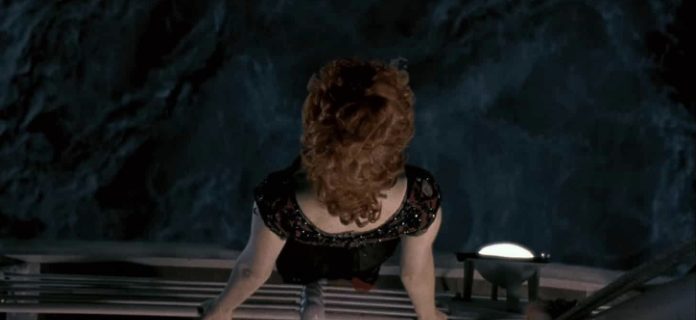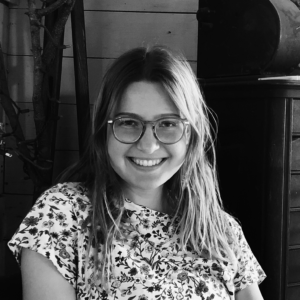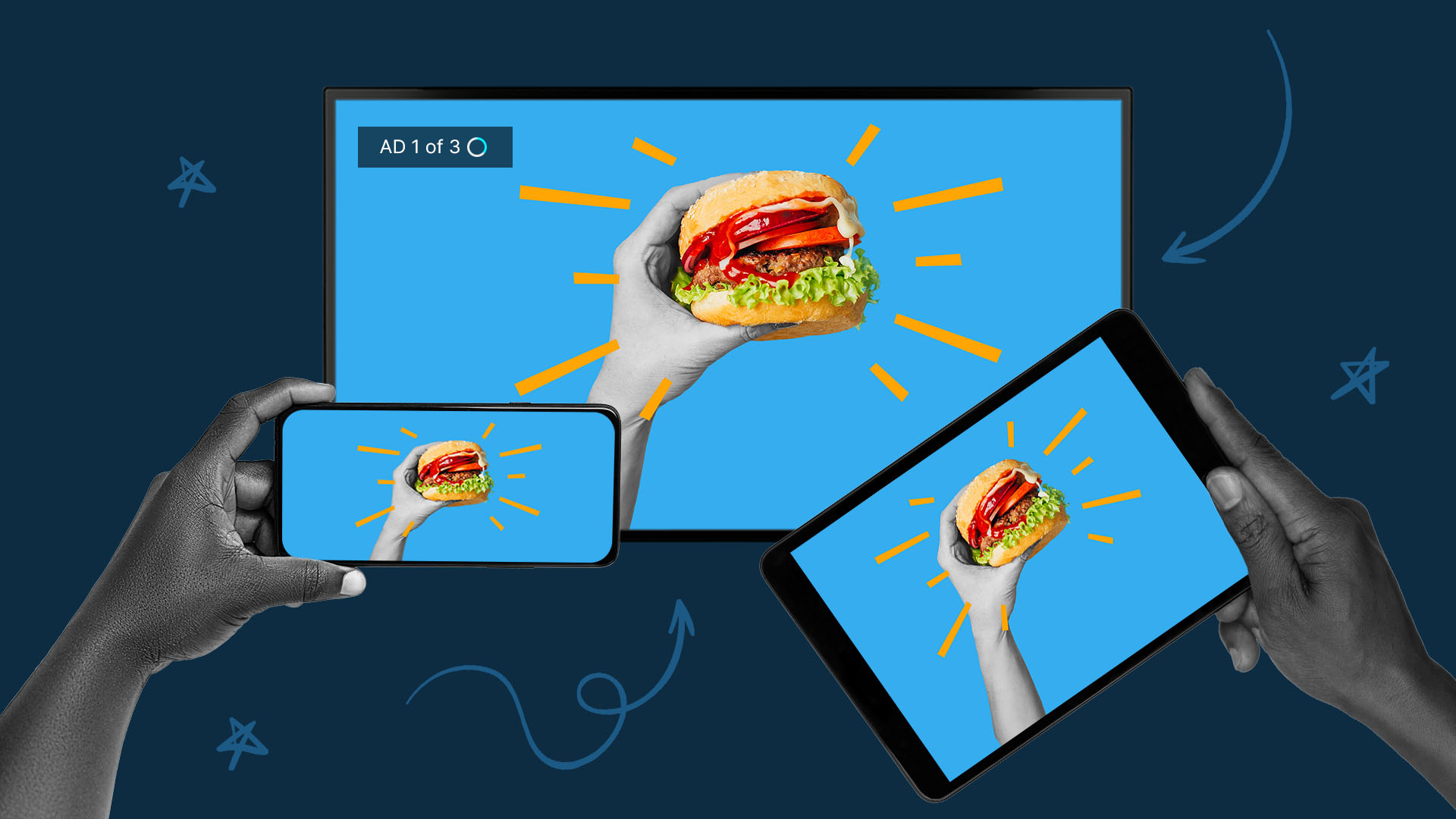3 Best Camera Angles in Film to Engage Audiences Emotionally

Welcome to Maker Corner, our monthly series where we feature guest contributions to our blog. This month’s post written is a two-part blog series about how camera angles can emotionally engage your audience.
Looking for more video production tips? We’ve got you covered:
- Using Storyboards to Keep Your Production on Track
- How Video Editing Effects Can Creatively Engage Audiences
- Video Marketing Production Costs: Pricing & Advertising Rates Explained
- How to Maximize Your Video Production Budget
Why does watching Titanic unfailingly bring you to tears? Is it the tragic plot? Kate and Leo’s brilliant acting? The passionate script? The moving soundtrack?
It’s likely a combination of all of these things. But whether you realize it or not, the way in which each shot was filmed–through various camera angles, framing, and movements–likely played a part in the emotion you are feeling as well.
Unless you have a background in film or are specifically paying attention to them, camera angle techniques are not usually apparent to the viewer. But if every scene in a film was composed of static, eye-level shots, much of the film’s intrigue would be lost.
QuickFrame is looking for experienced video content makers who believe that every brand deserves well-made video. Join our maker community today!
Let’s take a look at the best camera angles and shots used in films that function to bring attention to, amplify, and engender viewer emotion.
Learn More: Social Media Video Ad Specs & Placements Guide
1) Eye-Level Shot
We’ll start with the most widely-used type of shot: the eye-level angle. While basic, the eye-level shot’s simplicity can be just as powerful of a tool as any other. It functions to enhance the emotions already present in a scene, simply allowing the characters and storyline to do the talking (or emoting). The eye-level shot mimics how humans actually view the world, allowing the audience to more naturally get swept up into the storyline. On its own, the eye-level shot is capable of conveying feelings of calm or normalcy, something that is especially relevant to scenes before the film’s central action has taken shape. The eye-level shot can be an especially impactful technique when juxtaposed with any other film angles. This pairing creates a striking contrast that intensifies the viewer’s emotions.

2) Dutch Angle / Dutch Tilt Shot
The Dutch angle results from the camera being intentionally placed at an off-kilter angle– off from the horizon level by at least 30 degrees or more. It’s a stylistic camera choice that typically brings about a feeling of uneasiness and disorientation, making the viewer feel as if something in the film is not quite right. Typically used in thriller or horror scenes, the Dutch angle indicates that something unconventional is about to happen. In a similar way, the Dutch angle can also amplify the disoriented mental/emotional state of a character. A slight Dutch angle can bring a slight sense of uneasy foreboding, while a strong, dramatic Dutch angle can bring a deep sense of dread, indicating that something is horribly wrong.
Need help making videos? See how our video production platform can help your business.
3) Overhead Shot / High-Angle Shot
The overhead or high-angle shot is the product of the camera being placed directly above the subject. Like any angle, this technique can be employed from long, medium, or close-up positions. Overhead shots taken from long distances are often used as a means of illustrating the sheer scale of a scene. When taken from extreme angles, overhead shots can generate a feeling of terror or tension in the viewer, igniting humans’ natural fear of falling from heights. On a character-level, high-angle shots can offer the audience insight into how a character is feeling. They often illustrate the vulnerability, helplessness, or insignificance of a particular character. Shooting down at a character oftentimes paints them in an inferior light, making them appear small and weak. This is especially the case when paired with an eye-level or low-angle shot.

Read more of this article, and check out their follow up, Motion Creates Emotion, for additional insights into the way the camera angles can instigate emotional resonance.
 Michaela is a Marketing & Production Intern at Luminoustudios, a female-run video production company based out of NYC and LA. She firmly believes in the power of video to effectively communicate personal stories, and she is proud to be a part of a company that achieves this every day. She’s currently a rising senior at Loyola Marymount University in Los Angeles, pursuing a degree in Environmental Studies and minoring in Studio Arts and International Documentary Production. She hopes to one day combine her love of art/design, video, and the environment to make a positive global impact.
Michaela is a Marketing & Production Intern at Luminoustudios, a female-run video production company based out of NYC and LA. She firmly believes in the power of video to effectively communicate personal stories, and she is proud to be a part of a company that achieves this every day. She’s currently a rising senior at Loyola Marymount University in Los Angeles, pursuing a degree in Environmental Studies and minoring in Studio Arts and International Documentary Production. She hopes to one day combine her love of art/design, video, and the environment to make a positive global impact.
Do More with Video
Learn how we can help you produce more quality videos affordably and at scale.


